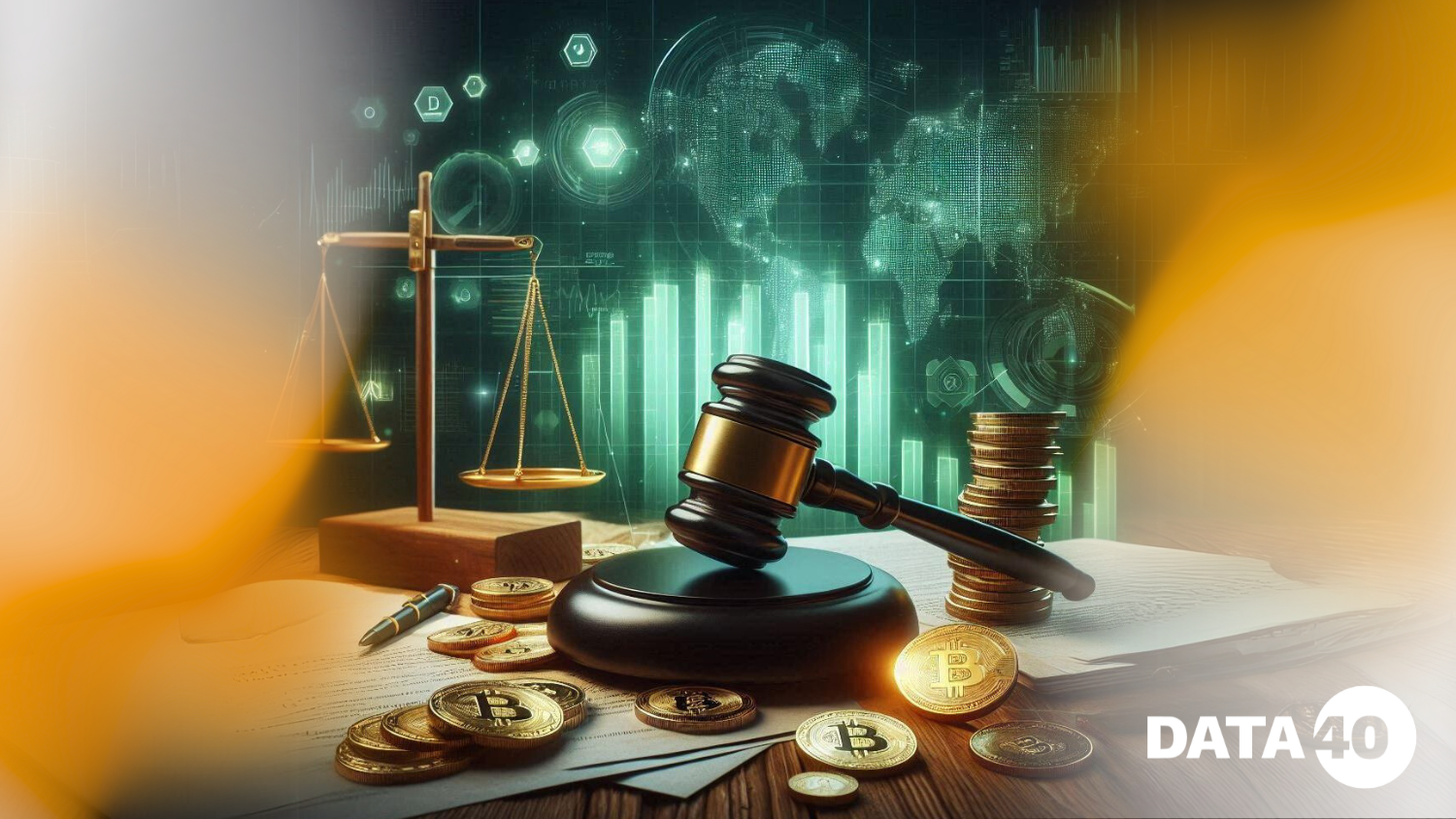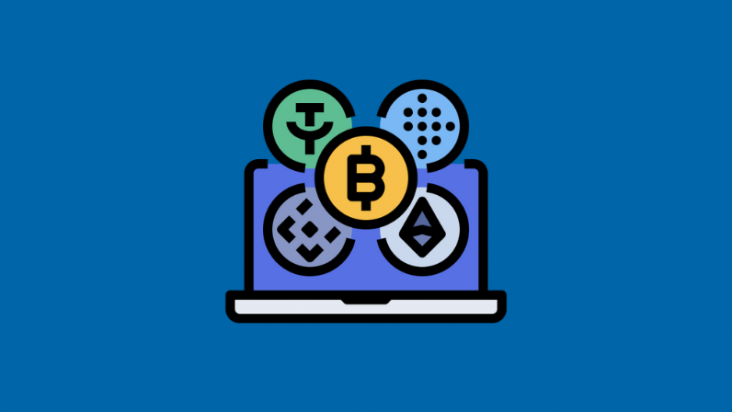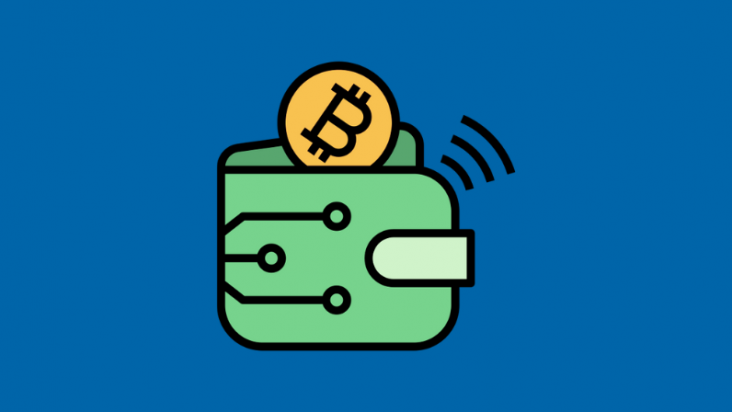
Blockchain-based P2E games often rely on cryptocurrencies and NFTs to create and sustain their in-game economies. However, in several countries, cryptocurrency operations are becoming the focus of heightened regulatory scrutiny. For example, the U.S. has implemented stricter tax reporting requirements for cryptocurrency transactions, creating obstacles for P2E players and developers by demanding transparency in all token-related operations.
In Europe, regulators are also tightening their grip on digital assets. The European Union’s new cryptocurrency regulation, MiCA (Markets in Crypto-Assets Regulation), which came into effect in 2024, requires crypto companies to obtain licenses and adhere to consumer protection standards. This poses a challenge for P2E game developers, who must adapt their projects to the new rules, potentially requiring changes to tokenomics and game infrastructure.

NFT Regulation in P2E
NFTs, which play a crucial role in P2E games, face additional regulatory hurdles. In some countries, such as China, the sale and use of NFTs are under special scrutiny to prevent speculation. For instance, China has imposed strict restrictions on NFT circulation to curb “shadow economy” activities and speculative behavior, significantly limiting the options available to P2E developers and users.
Meanwhile, countries like Japan and South Korea are developing regulations aimed at protecting users and organizing NFT markets without hindering innovation. This creates a more favorable environment for the growth of P2E games in these regions, potentially spurring the rise of local projects.
Licensing and Gambling
Many countries view P2E games through the lens of gambling due to their mechanics involving random rewards and money-making opportunities. In countries like the UK and Australia, there is a risk that certain aspects of P2E games could fall under gambling licensing laws. This raises questions about the accessibility of such games to a broader audience and increases the burden on developers, who may be required to obtain additional licenses.
Multiplatform and Multiblockchain in P2E Games
Modern P2E games are becoming increasingly flexible and complex, allowing them to operate on multiple levels. For example, the same game can simultaneously:
- Operate on multiple blockchains. This enables users to interact with game assets across different blockchain networks. Games like Gods Unchained already use Ethereum to issue their cards but can interact with other networks, such as Polygon or Binance Smart Chain, to expand transaction options and ensure lower fees. This approach attracts more players and reduces transaction costs.
- Incorporate multiple genres. A single P2E game can integrate various gaming genres, such as collectible card games (CCG), role-playing games (RPG), and strategy games. This broadens the target audience and provides players with more ways to engage with the ecosystem. Such an approach creates multilayered game worlds where players can earn tokens for various actions, increasing replayability and boosting engagement.
- Be available on multiple platforms. Mobile devices, desktop computers, and even web platforms can simultaneously support the same P2E game. This gives users the flexibility to choose their preferred device and platform for gameplay, allowing them to participate in the gaming experience from anywhere. For instance, games like Axie Infinity offer both a web version and a mobile app, enabling them to reach more users and increase the time spent in-game.
Platforms in P2E games help developers create scalable ecosystems where players can earn, buy, and trade digital assets. These platforms also support multiplatform accessibility (e.g., web, mobile, and desktop versions), making the games more accessible and improving the user experience, thereby attracting a larger audience.
Precise data on which platforms host the most and least projects among active games, where games are most frequently developed, and where games are most often closed, as well as a full list of P2E blockchain games and development trends, can be found in our research report analyzing the state of the P2E industry for Q2 2024.
Impact on the Economy and Development of P2E Games
Strict regulation of cryptocurrencies and NFTs can either slow the development of P2E games or make them more resilient to financial and legal risks. Successful projects that comply with regulatory requirements will gain access to broader markets, strengthen user trust, and attract institutional investors.
Thanks to their multiblockchain and multigenre nature, P2E games can create more resilient and flexible ecosystems that are prepared to operate across different jurisdictions and legal conditions. As a result, successful projects will be able to adapt to local regulations and make the most of global market opportunities.
What Q2 2024 Revealed
The second quarter of 2024 demonstrated that the future of P2E games will be closely tied to evolving legal and regulatory requirements. Developers must adapt to new conditions, complying with laws related to cryptocurrencies, NFTs, and gambling to ensure the long-term viability of their projects. At the same time, the multiblockchain and multiplatform nature of modern P2E games creates additional opportunities to adapt to new conditions and expand their audience.








